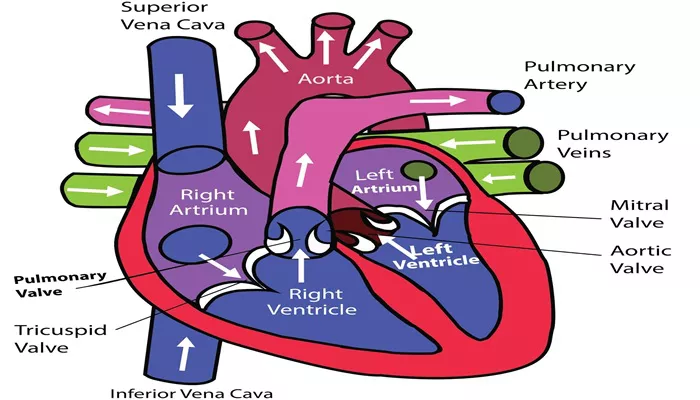Ischemic heart disease, the leading cause of death globally, often starts with a myocardial infarction (MI), commonly known as a heart attack. This condition arises when a portion of the heart muscle dies due to insufficient blood flow, triggering intense inflammation, heart wall remodeling, and eventually leading to heart failure.
Despite the prevalence of inflammation in these processes, anti-inflammatory drugs have shown limited success in preventing heart failure. As a result, they are not commonly included in post-MI treatment plans. However, researchers believe that key molecular and cellular targets for inflammation may still be undiscovered.
In a groundbreaking study published in the August 28, 2024, issue of Nature, a team led by Dr. Kevin King, an associate professor of bioengineering and medicine at the University of California, San Diego, and a cardiologist at the Sulpizio Cardiovascular Center, revealed a novel mechanism of cardiac inflammation. This discovery could open up new avenues for preventing heart attacks from progressing to heart failure.
Traditionally, inflammation following an MI is attributed to immune cells, such as neutrophils and macrophages, which infiltrate the damaged heart tissue and react to the debris of dying cells. However, Dr. King’s team was surprised to find that the proinflammatory “type I interferon (IFN) response” was not activated within the infarcted area where these immune cells were concentrated. Instead, this response occurred in the borderzone—the area surrounding the infarct.
The borderzone, a region of surviving heart muscle cells attempting to stabilize and regenerate after being severed from dying neighboring cells, has long been a topic of interest yet remains understudied. This area is difficult to isolate from the rest of the heart, posing a challenge for researchers. Dr. King’s team overcame this obstacle using advanced techniques such as single-cell RNA sequencing (RNAseq) and spatial transcriptomics, which allowed them to identify and study the gene expression patterns specific to the borderzone.
SEE ALSO: Which Is A Key Diagnostic Indicator of Heart Failure?
To pinpoint the cells responsible for initiating borderzone inflammation, the researchers developed a library of conditional knockout mice, each lacking the ability to initiate IFN signaling in a specific cell type. Surprisingly, cardiomyocytes, or heart muscle cells, were identified as the primary initiators of borderzone IFN signaling. The team discovered that these cardiomyocytes, subjected to mechanical stress in the borderzone, often experienced nuclear envelope rupture. This rupture allowed nuclear DNA to escape and be detected by cytosolic DNA sensors, which in turn activated IFN signaling. This process led to the weakening of the heart wall, making it prone to dilation, thinning, and rupture. These findings provide a mechanistic explanation for the team’s previous observation that mice deficient in IFN responses showed improved survival after MI.
Dr. King, the senior author of the study and a faculty member in both the Shu Chien Gene Lay Department of Bioengineering and the Division of Cardiology at UC San Diego, emphasized the significance of these findings: “In the hospital, we care for patients with heart attacks and heart failure every day. New therapeutic targets for MI with the potential to prevent the development of heart failure are incredibly important.”
While many questions remain, the study’s findings suggest that strategies aimed at reducing mechanical stress in the borderzone, inhibiting DNA sensing, and blocking type I IFN signaling may offer new opportunities for preventing heart failure in MI patients.

